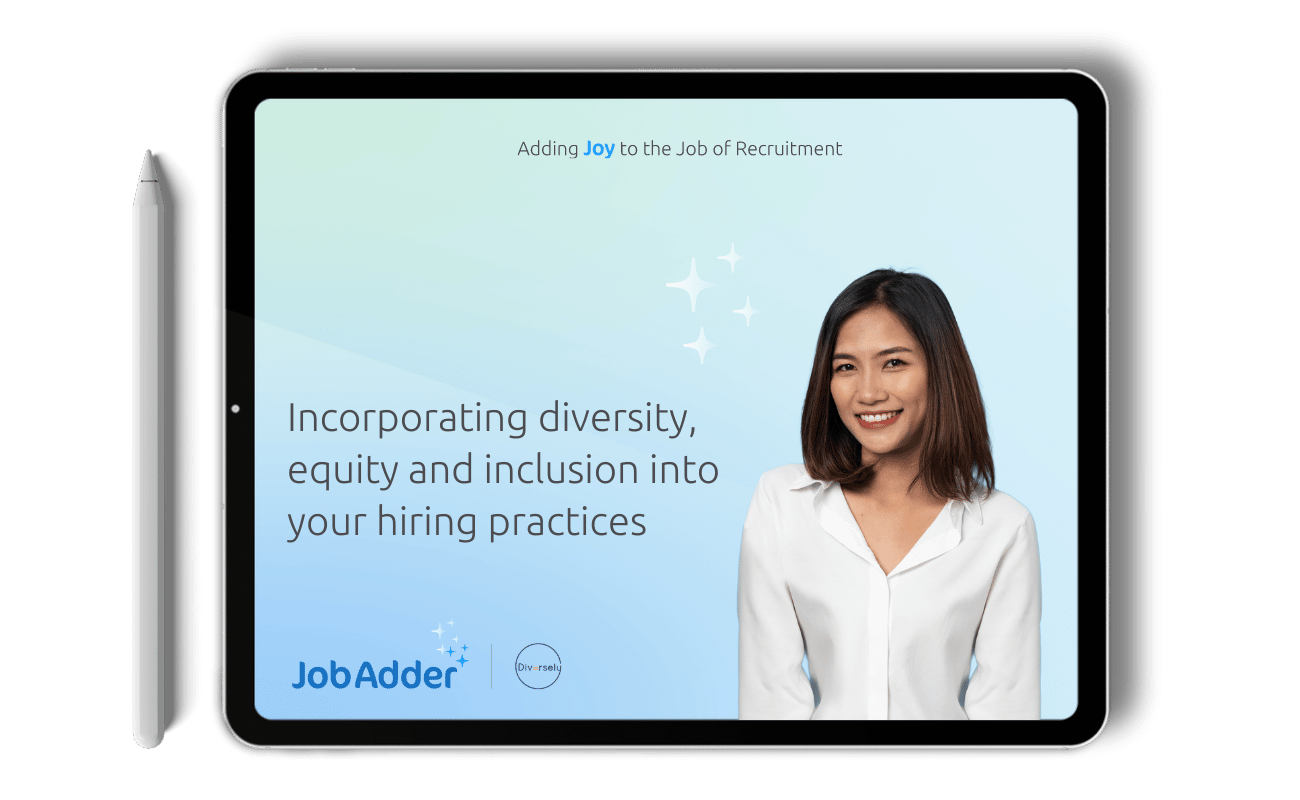Recruitment Blog
How to increase your applicant diversity self-reporting

Personal data and its subset of sensitive data are increasingly hot topics in many aspects of our life.
As individuals and, in particular, as internet users we’re becoming more and more aware of their meaning, value and use, with the importance of legally compliant data processing activities often under the spotlight.
This may cause uncertainty for many companies and lead to doubts on how to compliantly manage data collection, processing and storage of their users’ and customers’ data, as well as of their employees’ and job applicants’ data.
With regard to employment and hiring, in certain jurisdictions, anti-discriminatory regulations require employers, falling within specific categories, to collect diversity data for mandatory reporting (the US EEO regulations are an excellent example) and encourage the voluntary collection of this type of data as a way to monitor their posture in relation to diversity and inclusion (D&I), build documentation to prove a serious commitment to it, and measure the effectiveness of processes and procedures in place and the progress of new ones.
Nevertheless, enquiring about particular categories of personal information such as age, ethnicity, citizenship, health status and disability, family status and gender and sexual orientation in the workplace is widely considered not acceptable – and is often illegal – as it can constitute a basis for discrimination and consequently have an adverse impact on individuals.
The question that then arises is how to increase diversity self-reporting without turning away potential applicants, and in a culturally acceptable and legal way.
Read on to discover some helpful tips on how to stay compliant and keep up with local regulations and cultural awareness. Here are a few other actionable ways that can help:
DOWNLOAD OUR FREE eBOOK: Incorporating diversity, equity and inclusion into your hiring practices
Building psychological safety
Everything related to job vacancies and the hiring process speaks volumes about a company’s work environment and culture.
Candidate experience, talent attraction strategies and employee retention are all interconnected. Inclusive wording in a job description and application process design should aim at making sure that potential applicants won’t feel discriminated, alienated, marginalised or penalised in any way for honestly presenting themselves the way they are.
Adjectives and expressions like ‘young’, ‘green’, ‘fresh college graduate’, ‘dynamic’, ‘good-looking’, ‘rockstar’, ‘ninja’ and aggressive wording in general may discourage some potential applicants.
A vacancy text checker tool will help identify any unconsciously biased language. Also, don’t forget to share your commitment to D&I, including a statement where you openly welcome applications from a diverse pool of candidates.
To further reassure candidates that sharing sensitive information with a discriminatory potential won’t have repercussions, a visually distinct, clear separation between the actual job application form and the diversity data self-reporting form will help.
Clarity and transparency
Each data collection point should be introduced with a clear and easily understandable statement of the purpose of said collection, and how the data will be processed and used in absolute compliance with the relevant privacy regulations.
Even better, you could show how your company values inclusiveness by sharing your D&I scores and reports, and how your processes aim at ensuring equality and fairness.
Involvement
Positive initiatives like the ones aiming at increasing D&I have a great, tangible impact, and individuals are happy to contribute to their success and feel part of a good change.
Every company that strives to improve its processes and makes its objectives unambiguous and transparent will more easily see an increase in participation.
Asking for help and showing sincere appreciation will naturally increase engagement.
Additionally, properly phrasing not only the questions but also the answers in your self-reporting form is more important than you may think: always offer as many relevant and inclusive options as possible in the answer list, and, for example, substitute the disheartening catch-all ‘other’ with a less marginalising ‘not listed’.
Voluntary basis
When not requested by the law, it should be clearly stated that sharing this type of sensitive personal data that will be used to proactively improve internal D&I processes is entirely voluntary, and neither the information shared nor the refusal to share will result in any kind of disadvantage to the candidate.
For every question, the option to respond with ‘I’d prefer not to answer’ should always be included.
D&I as a hallmark
Actual D&I is not just a facade and needs to have solid foundations. A strongly diverse and inclusive culture will radiate from any initiative a company undertakes and wherever its presence is.
Nowadays, workforce composition, employee happiness and reputation constitute accessible information and contribute to a company’s global image just like annual revenue. A robust D&I posture will lead to a more positive perception of the company and play an important part in building trust.
Applicant diversity self-reporting is a valuable tool to assess if a company is able to attract a diverse talent pool and which channels contribute to it, as well as a way to identify which categories of applicants may feel discouraged and give up on submitting their applications.
The results of this evaluation will help not only pinpoint bottlenecks and create more inclusive processes but also find more qualified candidates and increase employee retention.
We like to host guest blogs from our expert integration partners so you’ll find that this blog was originally published by Diversely here.
Want to improve diversity in your recruitment? Access our free eBook with Diversely now.

Related blog posts

By Nina Mapson Bone Recruitment KPIs In over a quarter of a century of working in recruitment, I’ve worked in …
Ready to get started?
Talk to one of our friendly team members


